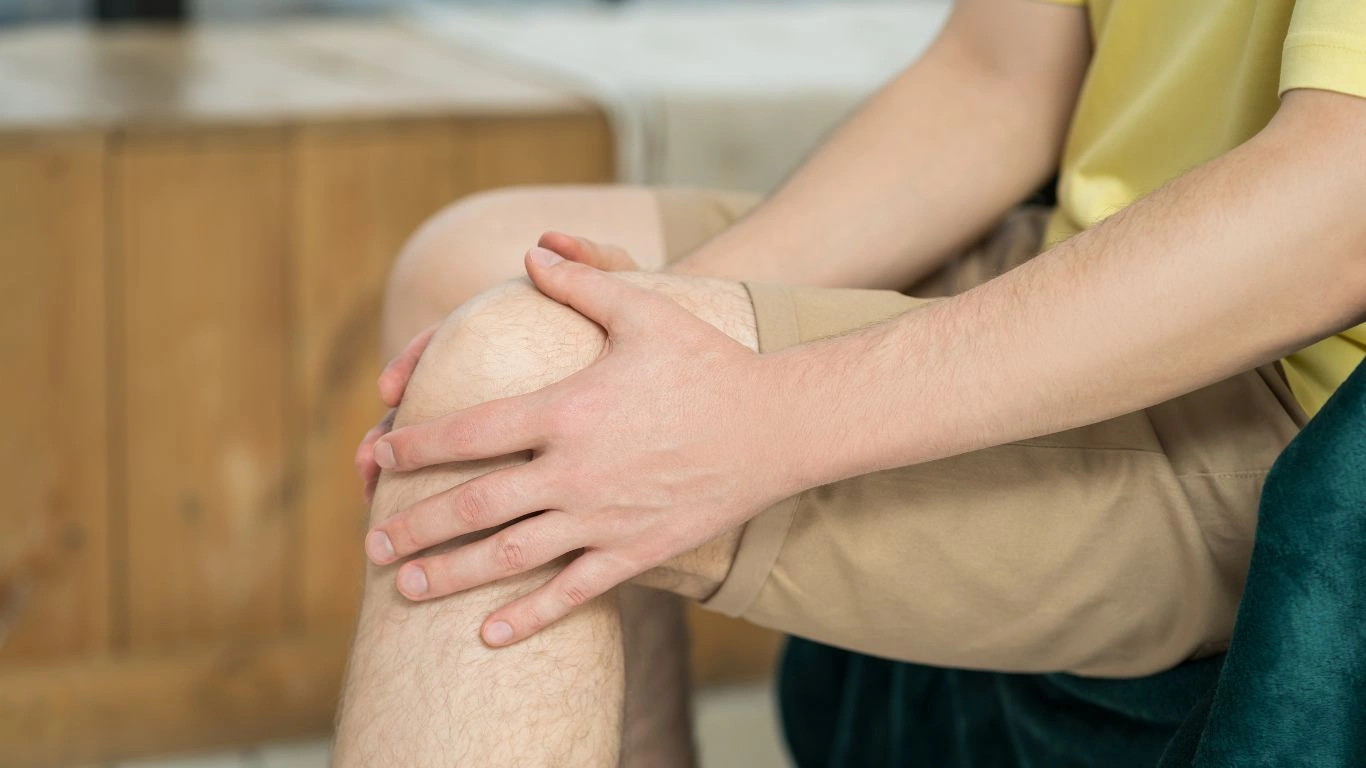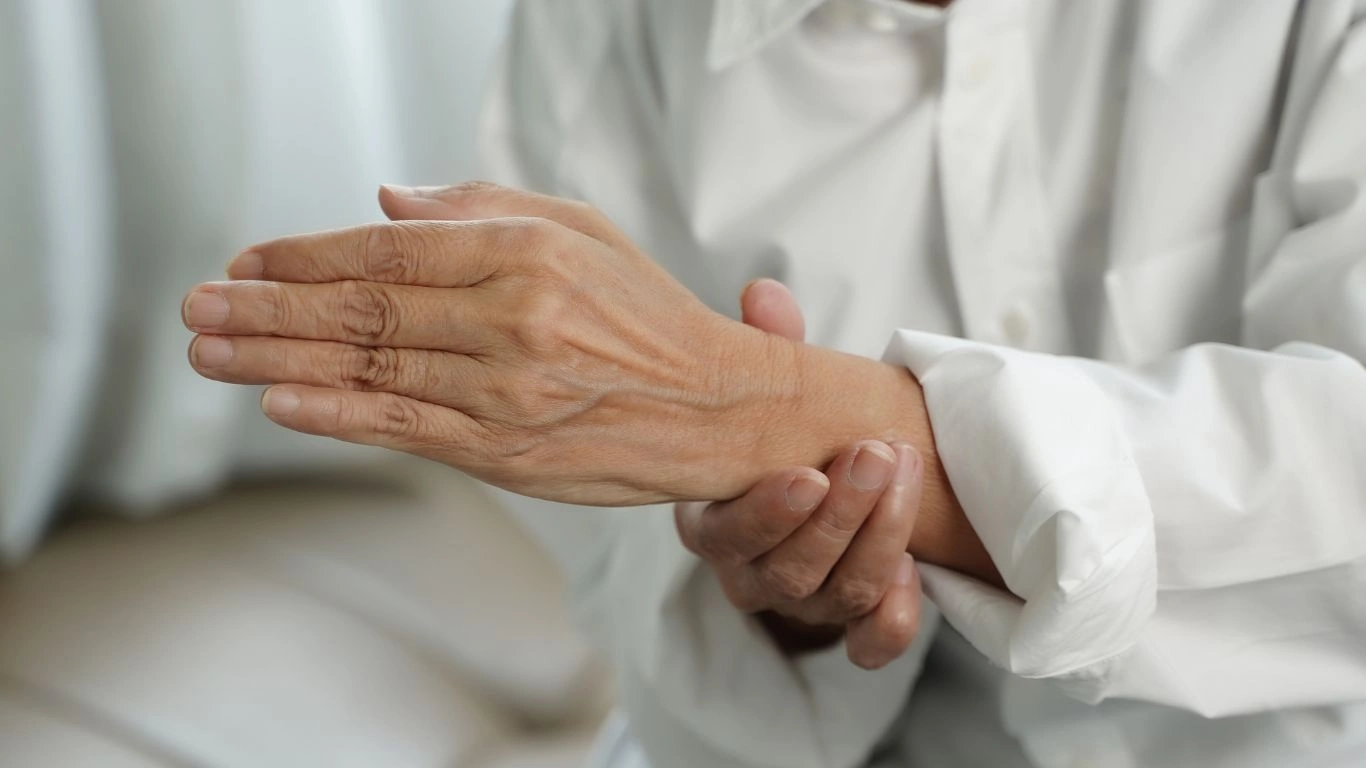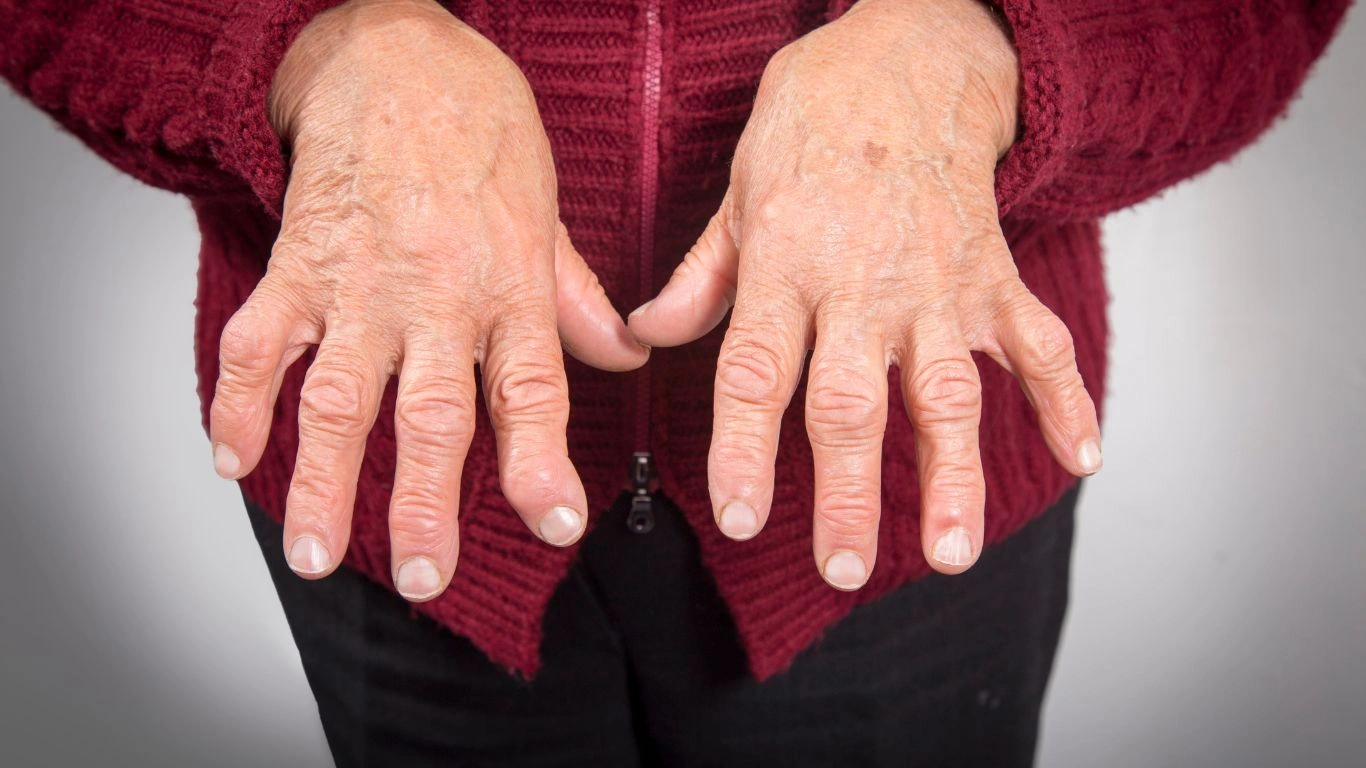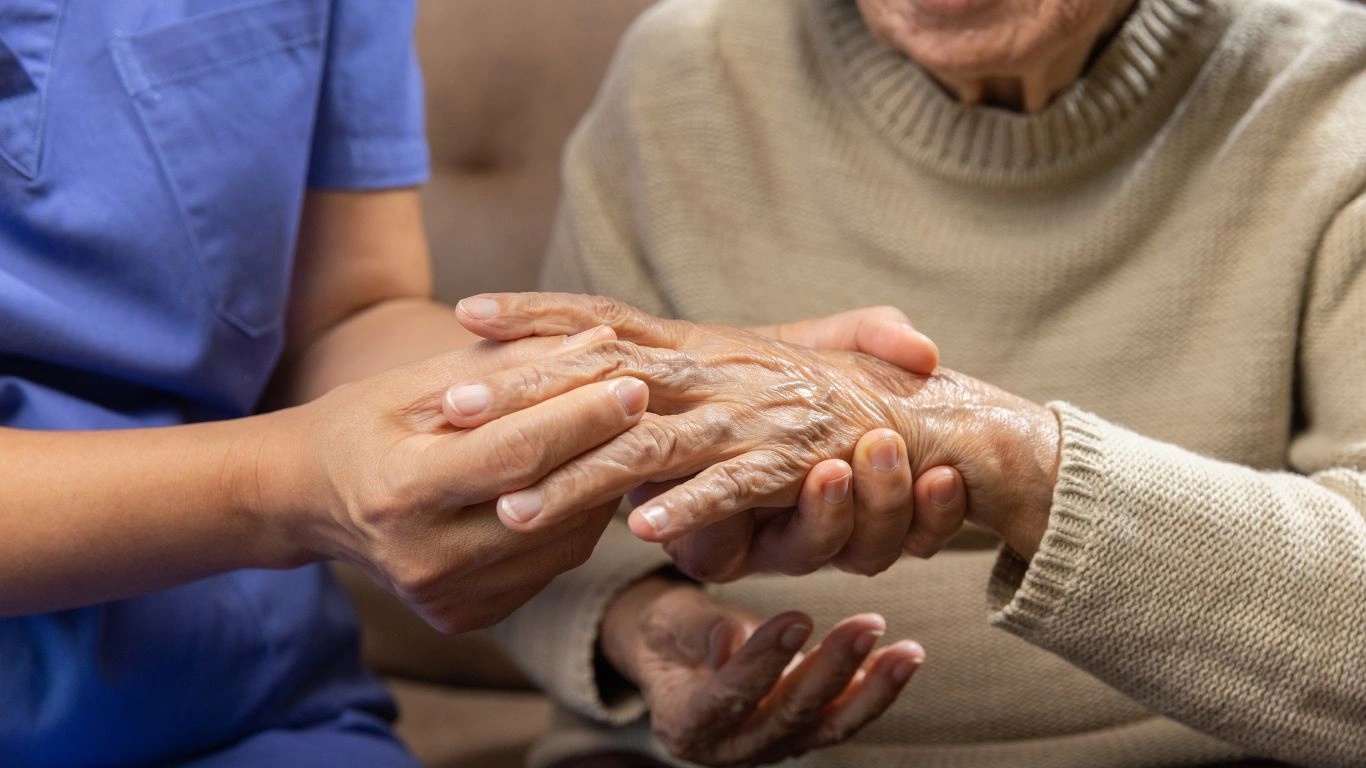Expert Rheumatoid Arthritis Joint Protection Techniques to Improve Hand Function
Living with rheumatoid arthritis isn’t just about managing pain—it’s about protecting your joints so you can maintain independence and do what you love. As a specialist in this field, I’ve seen firsthand how small changes in daily habits can make a world of difference. When it comes to joint protection techniques for hands, the right approach can reduce strain, slow disease progression, and preserve hand function. Let’s break down the best ways to keep your hands working smoothly, even when RA tries to slow you down.
Why Hand Joint Protection Matters

Your hands do almost everything—gripping, lifting, twisting, typing. With RA, the small joints in your hands are especially vulnerable to inflammation and damage. If left unprotected, this can lead to deformities, reduced mobility, and chronic pain. But the good news? Implementing joint protection techniques can significantly ease stress on your hands and help you retain dexterity.
Essential Joint Protection Techniques for Hands

1. Use Larger Joints When Possible
One of the simplest yet most effective strategies is to shift tasks away from your fingers and onto larger, stronger joints. Here’s what I always tell my patients:
- Instead of gripping a heavy pan with your fingers, use both hands and let your forearms do the work.
- Carry grocery bags over your forearm rather than gripping the handles.
- Use your shoulder to push open doors instead of your hands.
2. Opt for Ergonomic Tools
Traditional kitchen utensils, pens, and even door handles can be tough on arthritic hands. Switching to ergonomic alternatives can reduce strain and make daily tasks easier.
- Chunky pens and pencils: These require less grip strength and help prevent fatigue.
- Kitchen tools with wide handles: Look for knives, peelers, and utensils with soft, easy-grip handles.
- Electric appliances: Let technology do the hard work—use electric can openers, toothbrushes, and jar openers to avoid excessive twisting and gripping.
3. Maintain a Neutral Wrist Position
Bending your wrist while performing tasks can put unnecessary strain on your joints. Whenever possible:
- Keep your wrist straight while holding objects.
- Use splints or braces for extra support during activities that require prolonged wrist movement.
4. Avoid Prolonged Gripping and Pinching
If there’s one thing RA has taught me, it’s that small, repetitive motions can be surprisingly painful over time. Try these adjustments:
- Use both hands to hold books instead of pinching the edges.
- Replace small zippers and buttons with Velcro or magnetic fasteners.
- Take frequent breaks during activities like knitting or typing to stretch and relax your fingers.
5. Spread the Load Across Multiple Joints
Instead of putting excessive stress on one joint, distribute pressure evenly. This technique applies to various activities:
- When lifting a heavy object, use both hands and involve your entire arm.
- Use a backpack instead of a single-strap bag to balance weight across both shoulders.
- Hold larger items with an open palm rather than pinching with fingers.
Hand Exercises to Improve Strength and Flexibility

Keeping your hands strong and flexible is just as important as protecting them. I always recommend gentle hand exercises to my patients, and I’ve seen amazing results over time. These movements help maintain range of motion, improve grip strength, and reduce stiffness.
1. Finger Stretch
Start with your hand flat on a table. Slowly spread your fingers apart, hold for a few seconds, then bring them back together. Repeat 5-10 times.
2. Thumb Opposition
Touch your thumb to each fingertip, forming an “O” shape. This improves dexterity and reduces stiffness.
3. Fist Clench
Gently make a fist, hold for a few seconds, and release. This strengthens your grip without causing strain.
4. Wrist Circles
Rotate your wrists in small circles to enhance flexibility and reduce stiffness.
Final Thoughts for Now
These simple but effective joint protection techniques for hands can make everyday tasks more manageable and help prevent long-term damage. By implementing these strategies, you’re taking control of your RA journey—one small, mindful movement at a time. In the next section, we’ll dive into more advanced techniques and lifestyle modifications to keep your hands functioning at their best.
Adaptive Strategies for Daily Activities

Now that we’ve covered essential joint protection techniques for hands, let’s dive into how you can modify everyday activities to reduce strain. One thing I always tell my patients is that it’s not about giving up tasks—it’s about doing them smarter. Simple adaptations can make life easier without adding extra pain or stress to your hands.
1. Cooking Without the Struggle
Chopping, stirring, lifting heavy pots—cooking can be tough on arthritic hands. Here are a few of my go-to tips:
- Use a food processor instead of manually chopping vegetables.
- Swap out heavy cookware for lightweight, ergonomic kitchen tools with wide, easy-grip handles.
- Invest in an electric can opener and a jar opener to avoid painful gripping.
- Slide heavy items across the counter instead of lifting them.
2. Dressing Without the Hassle
Getting dressed shouldn’t feel like an impossible task, yet buttons, zippers, and shoelaces can be frustrating with RA. Try these adjustments:
- Wear clothing with Velcro, magnetic closures, or larger buttons for easier fastening.
- Use a button hook or zipper pull to reduce strain on your fingers.
- Switch to slip-on shoes or use elastic laces to avoid tying knots.
3. Writing and Typing Without Fatigue
Whether you’re jotting down notes or working on a computer, prolonged writing can take a toll on arthritic hands. Here’s how to make it easier:
- Use chunky, soft-grip pens to reduce pressure on your fingers.
- Try speech-to-text software to minimize typing.
- Use an ergonomic keyboard and a vertical mouse to improve hand positioning.
Assistive Devices That Make a Difference

One of the best things you can do for your hands is to take advantage of assistive devices. These tools are designed to reduce joint strain and make daily activities less painful. I’ve recommended these to many of my patients, and the feedback has been overwhelmingly positive.
1. Compression Gloves
Compression gloves help reduce swelling and stiffness by providing gentle pressure. They’re especially helpful at night or during tasks that require repetitive hand movements.
2. Adaptive Utensils
Eating should be enjoyable, not a struggle. Look for utensils with wide, rubberized handles that are easier to grip.
3. Reacher Grabber
If bending or stretching is painful, a reacher grabber allows you to pick up objects without straining your fingers and wrists.
4. Automatic Soap and Toothpaste Dispensers
Pumping soap or squeezing a toothpaste tube may seem minor, but repetitive motions can add up. Automatic dispensers make these tasks effortless.
Preventing Morning Stiffness

RA stiffness is often worst in the morning, making simple tasks like opening a water bottle or brushing your hair feel daunting. I always recommend a few tricks to help ease into the day.
1. Warm Up Your Hands
Start your morning by soaking your hands in warm water or using a heating pad. This boosts circulation and reduces stiffness.
2. Do Gentle Hand Stretches
Before you even get out of bed, try slowly opening and closing your fists or gently stretching your fingers.
3. Use a Paraffin Wax Bath
A paraffin wax bath provides deep heat therapy that soothes stiff joints and promotes relaxation.
4. Take It Slow
Instead of jumping into the day full speed, give yourself a little extra time to wake up your joints.
Protecting Your Hands for the Long Run
Joint protection isn’t just about the present—it’s about ensuring your hands stay functional for years to come. Making small adjustments now can prevent long-term damage and preserve your independence.
Stay tuned, because we’re just getting started! There are even more techniques, tools, and lifestyle changes that can make life with RA easier.
Living with RA: A Holistic Approach to Joint Protection

At this point in our journey, we’ve covered essential hand protection techniques, adaptive strategies for daily activities, and tools that help minimize strain. But managing rheumatoid arthritis (RA) isn’t just about physical modifications; it’s also about a holistic approach that supports your mental and emotional well-being. After all, RA affects not only your joints but your overall quality of life. From diet to exercise and stress management, everything plays a part in keeping your hands—and the rest of your body—functioning at their best.
How Diet Plays a Role in Joint Health
As someone who has worked with RA patients for years, I can’t emphasize enough how important diet is. There’s no magic pill, but certain foods have been shown to help reduce inflammation, promote joint health, and even alleviate some of the discomforts of RA.
1. Anti-Inflammatory Foods
Inflammation is a core part of RA, and while diet isn’t a cure, it can certainly help reduce flare-ups. Incorporate more of the following into your meals:
- Fatty fish: Salmon, mackerel, and sardines are rich in omega-3 fatty acids, known to combat inflammation.
- Leafy greens: Kale, spinach, and other dark leafy greens are packed with antioxidants and anti-inflammatory properties.
- Olive oil: This healthy fat contains oleocanthal, which has natural anti-inflammatory effects.
- Turmeric and ginger: Both spices have strong anti-inflammatory compounds and can be easily added to your meals.
2. Foods to Avoid
On the flip side, there are some foods that can increase inflammation and worsen symptoms. These include:
- Sugary foods and drinks: Sugar can promote inflammation and lead to higher levels of pain and discomfort.
- Processed meats: Bacon, sausage, and other processed meats contain advanced glycation end products (AGEs), which can increase inflammation.
- Refined carbs: Foods like white bread, pasta, and pastries can raise blood sugar levels and trigger inflammation.
Exercise: Gentle Movements for Joint Health
Exercise can seem daunting, especially when you’re managing a condition like RA. But regular, low-impact movement is one of the best things you can do to protect your joints and improve your hand function. Here’s how I guide my patients through exercise routines:
1. Start Slow and Steady
The goal isn’t to push through pain but to gently build strength and flexibility. Start with simple movements, and over time, gradually increase the intensity as your joints allow.
2. Low-Impact Activities
Low-impact exercises are easier on your joints while still giving you a great workout. These include:
- Swimming: The buoyancy of water supports your joints, making swimming an excellent option.
- Yoga: Gentle yoga can help improve flexibility, strength, and reduce joint stiffness.
- Walking: Walking at a moderate pace is a fantastic way to get moving without putting too much strain on your joints.
3. Hand and Finger Exercises
For your hands, regular exercises are crucial. Simple movements like squeezing a stress ball, finger stretches, and wrist rotations help maintain range of motion and keep your muscles strong.
Managing Stress: A Key to Joint Health
As if managing RA pain wasn’t enough, stress can amplify symptoms and lead to more flare-ups. Learning how to manage stress is an essential part of any RA management plan. Here are some strategies I’ve found to be incredibly helpful for my patients:
1. Meditation and Mindfulness
Even just 5-10 minutes of mindfulness or deep breathing exercises can help lower stress and promote relaxation. Meditation has been shown to reduce the body’s stress hormones, which in turn helps lower inflammation and pain.
2. Hobbies and Social Support
Engaging in hobbies you enjoy—whether it’s reading, knitting, or painting—can keep your mind occupied and reduce stress. Additionally, connecting with friends and family or joining an RA support group can provide emotional support and reduce feelings of isolation.
3. Sleep and Rest
Getting enough quality sleep is essential for your body’s healing and inflammation control. Aim for 7-9 hours per night, and create a relaxing bedtime routine to improve sleep quality.
Supportive Tools and Resources
Throughout this article, we’ve discussed various tools and techniques to help you manage your RA symptoms. But it’s also important to stay informed and connected to resources that can provide additional support.
1. Professional Support
Regular visits to your healthcare provider are crucial to monitor the progression of your RA and adjust treatments accordingly. Physical therapists can also provide personalized exercises that cater to your specific needs.
2. Online Communities
Sometimes, the best support comes from people who understand exactly what you’re going through. Consider joining online RA communities, where you can exchange advice, share experiences, and gain insight from others living with RA.
3. Educational Resources
Stay up-to-date with the latest research and treatment options. Websites like the American College of Rheumatology offer valuable resources, articles, and guidelines on managing RA and protecting your joints.
Disclaimer
The information provided in this article is for educational purposes only and should not be considered medical advice. Always consult with your healthcare provider or a specialist for personalized treatment plans and recommendations.

Tarra Nugroho is a dedicated Nurse Practitioner with a strong foundation in family and preventive care. She brings both compassion and clinical expertise to her practice, focusing on patient-centered care and health education. As a contributor to Healthusias.com, Tarra translates medical knowledge into clear, empowering articles on topics like women’s health, chronic disease management, and lifestyle medicine. Her mission is simple: help people feel seen, heard, and informed—both in the clinic and through the content she creates. When she’s not caring for patients, Tarra enjoys weekend hikes, plant-based cooking, and curling up with a good health podcast.






